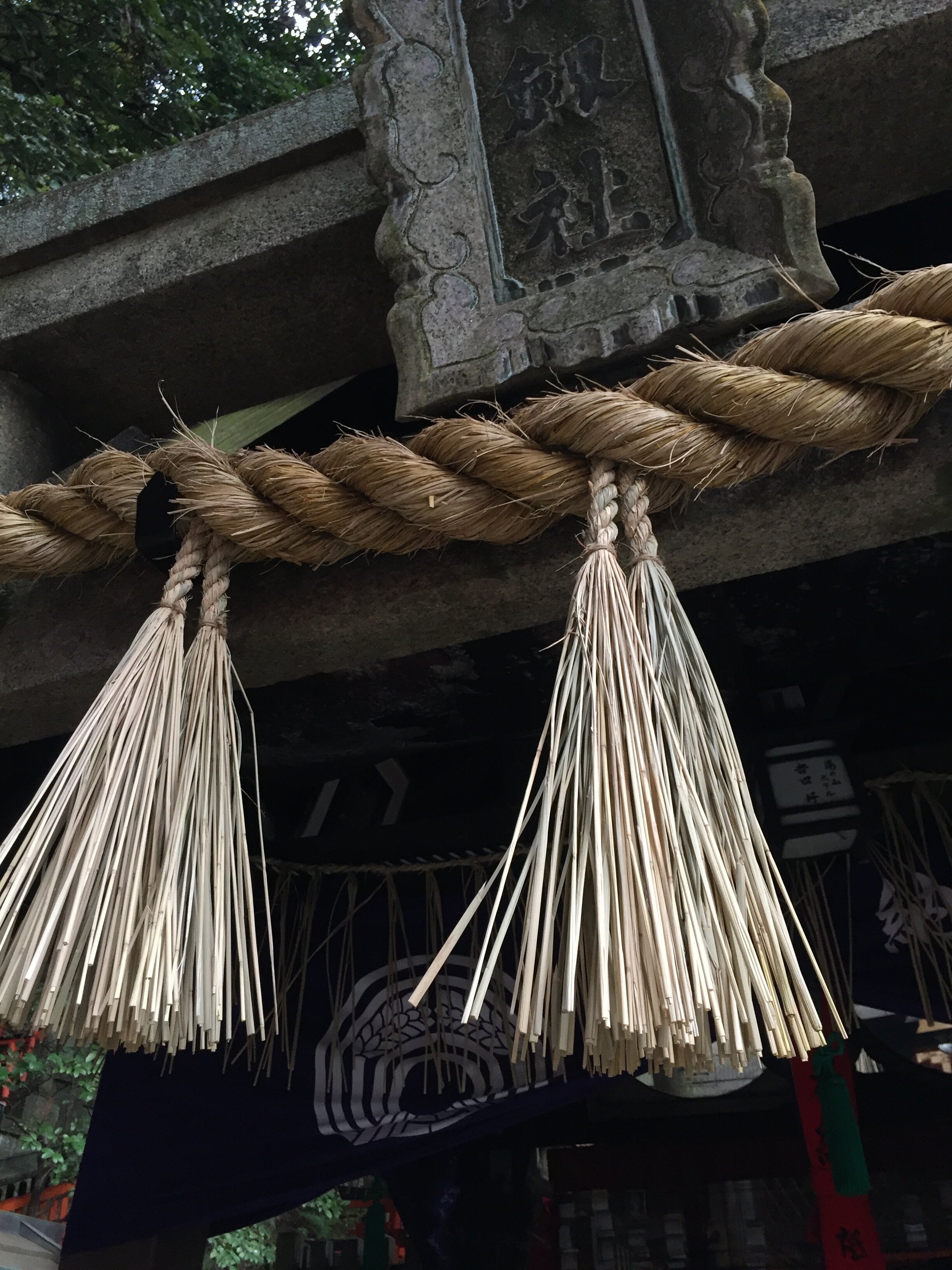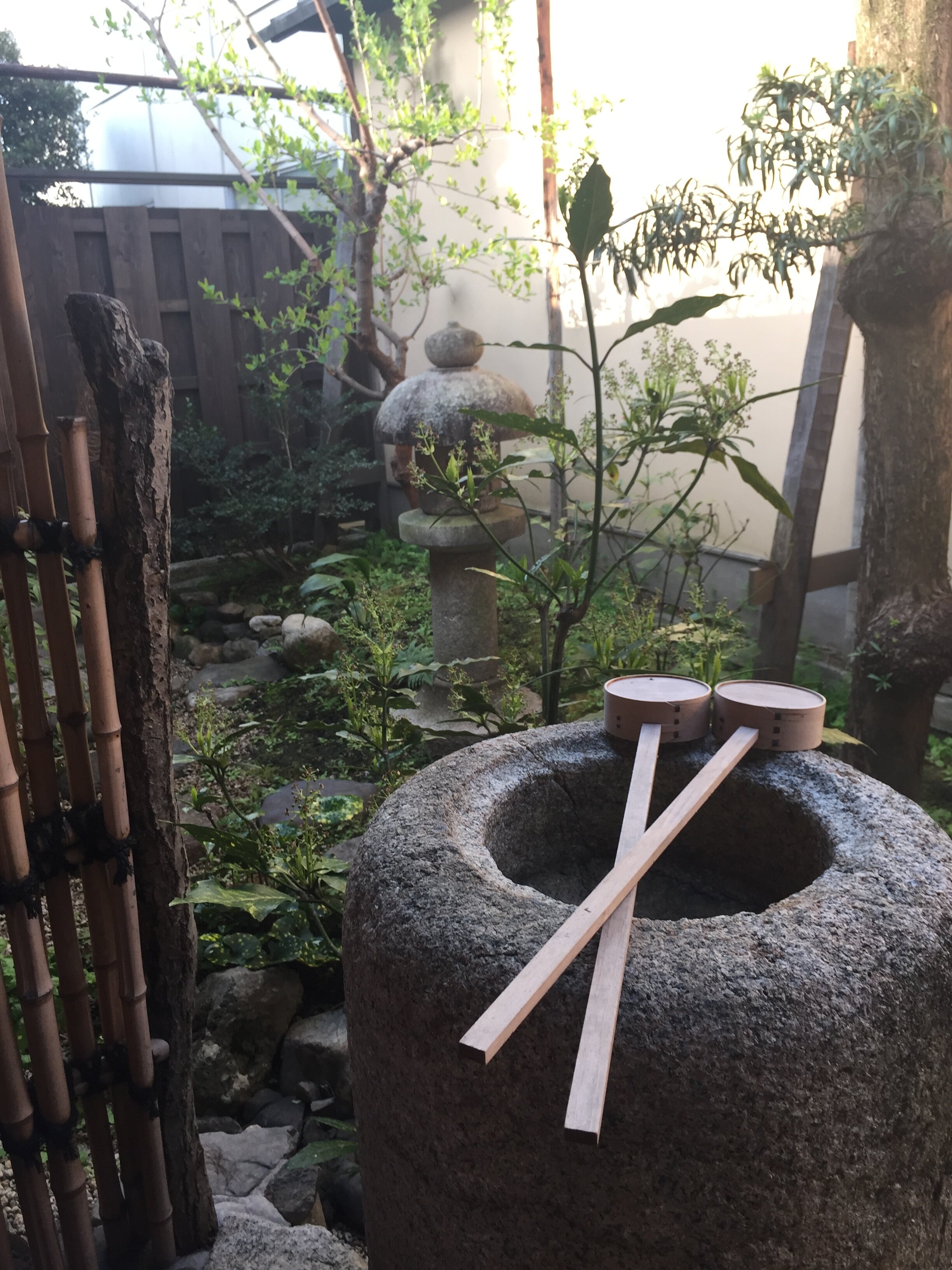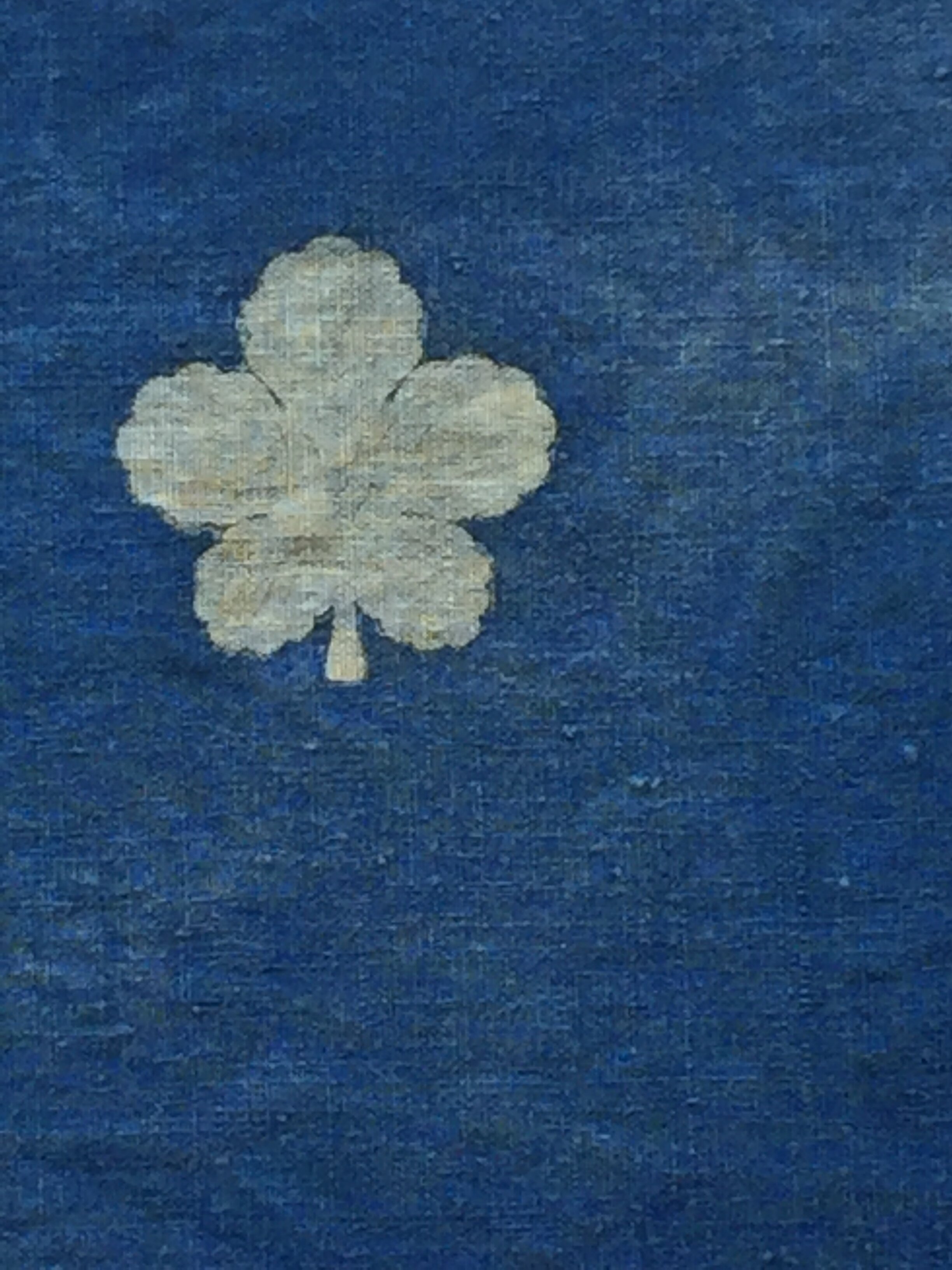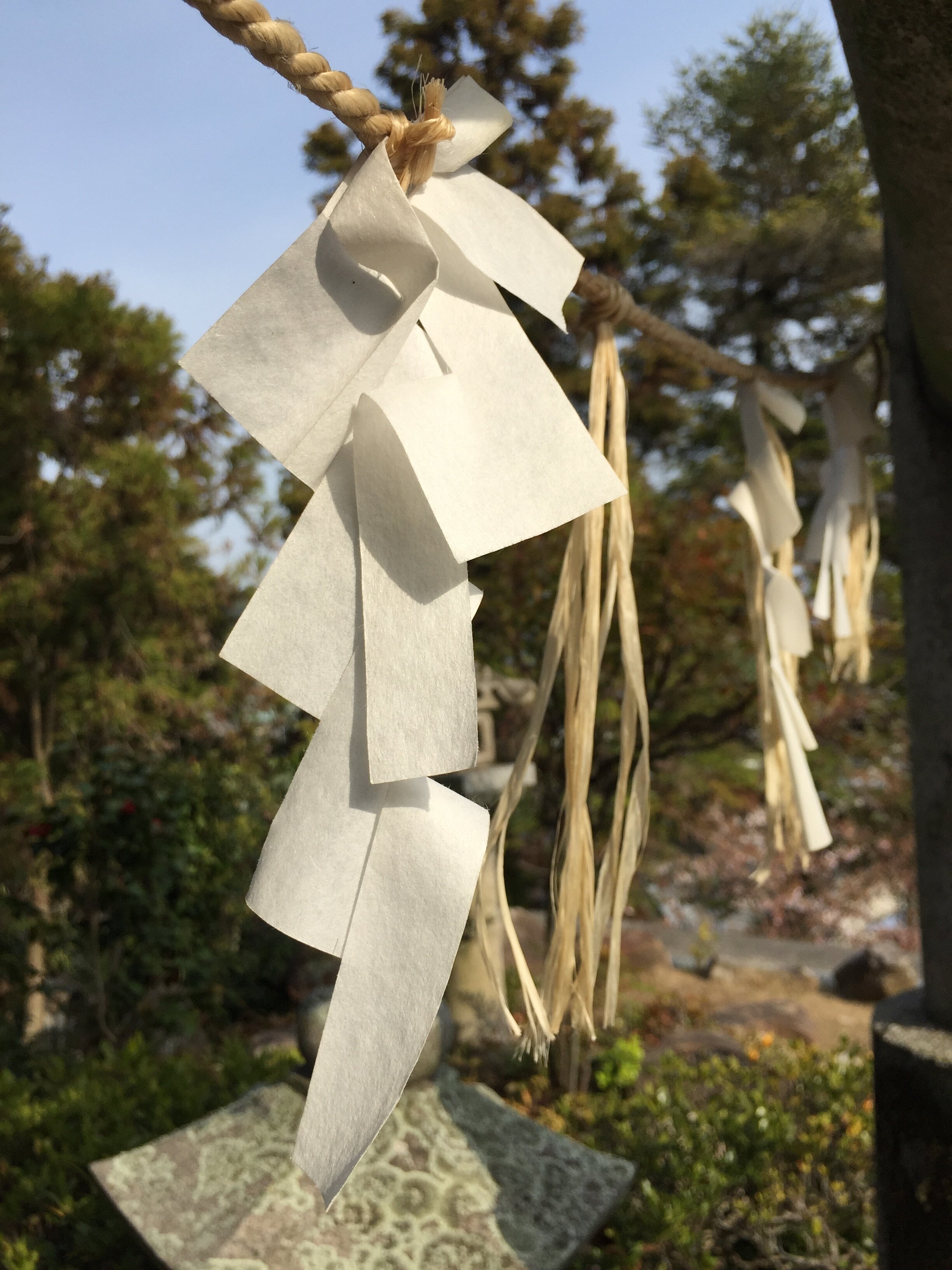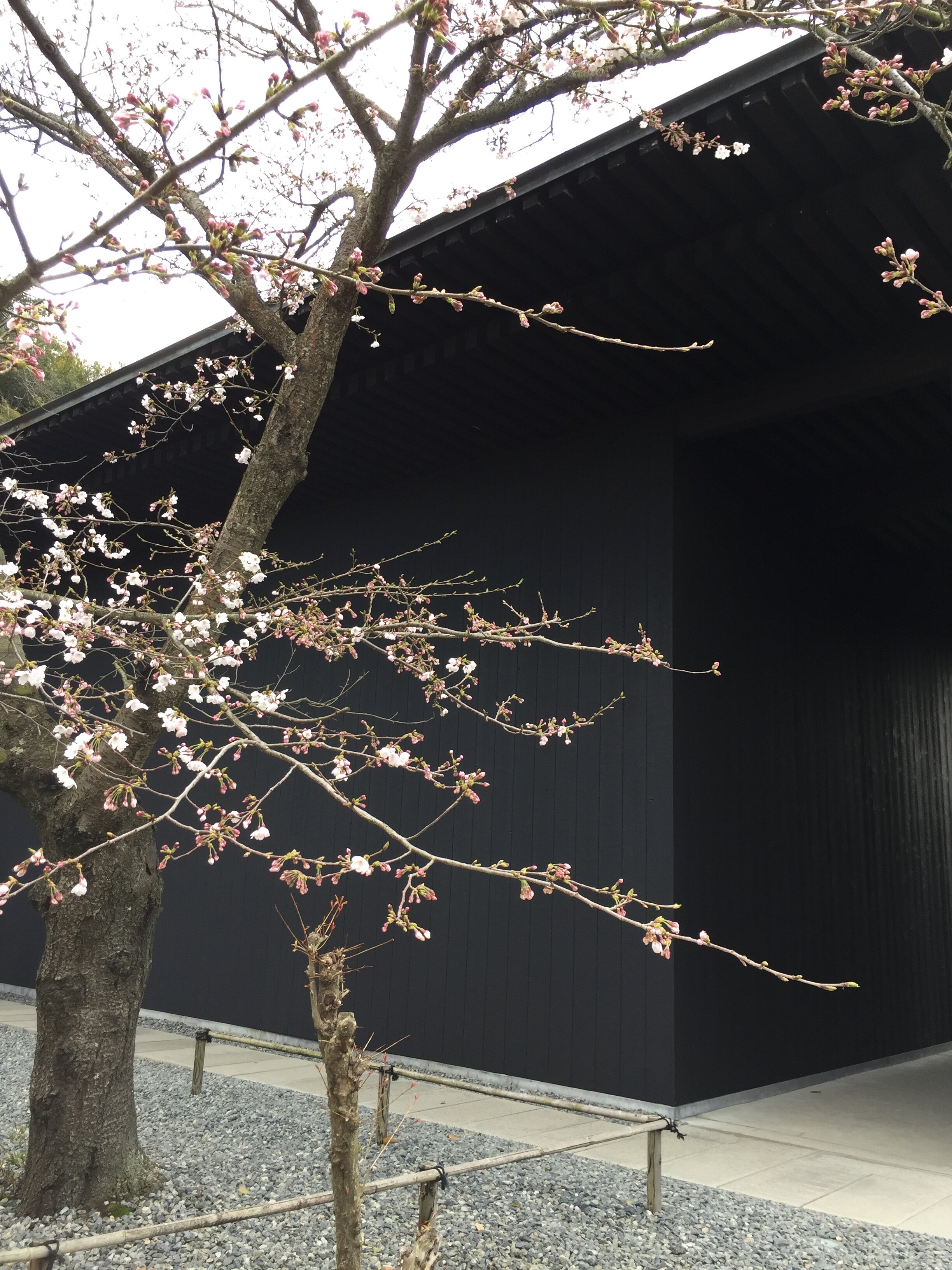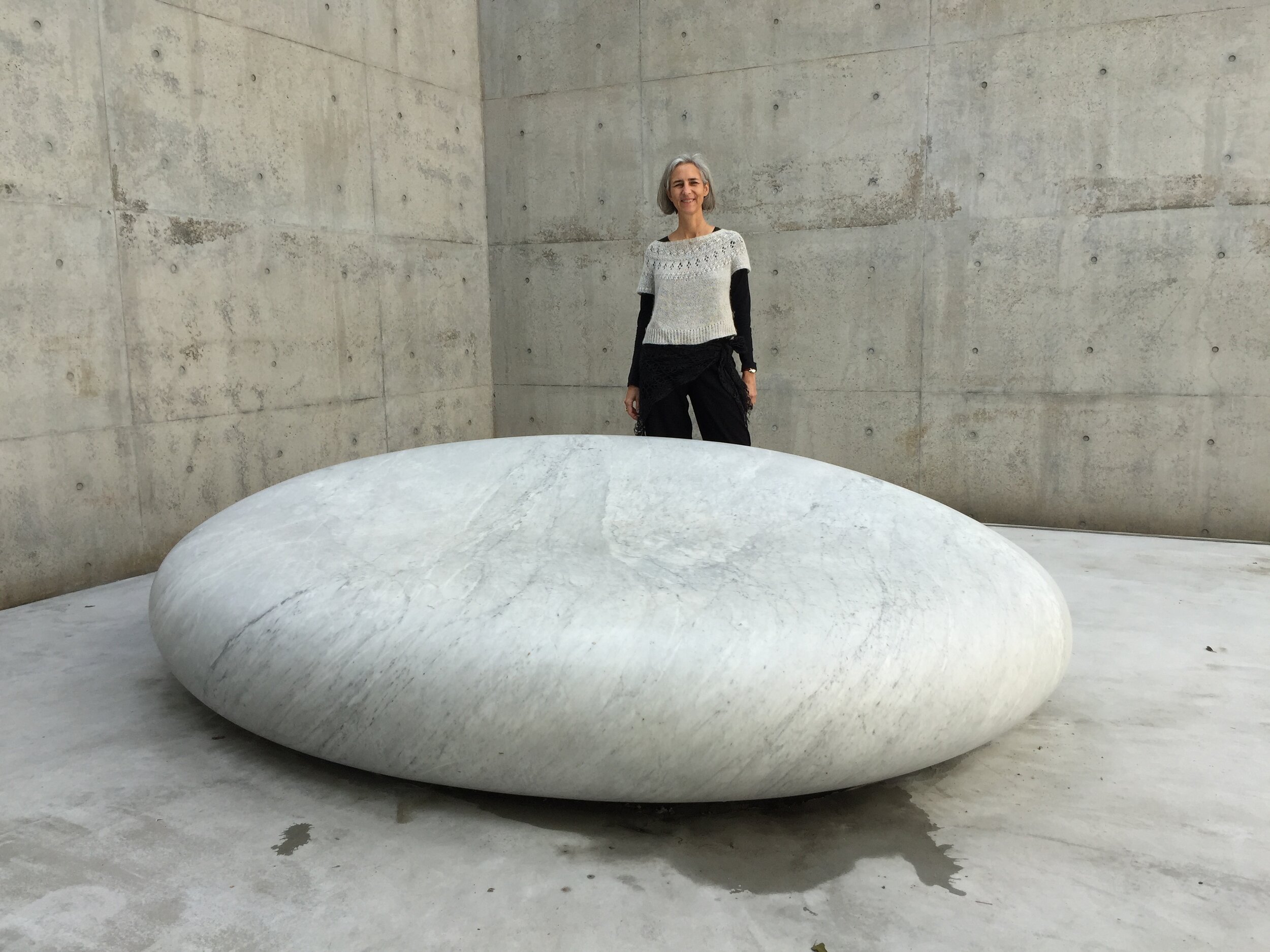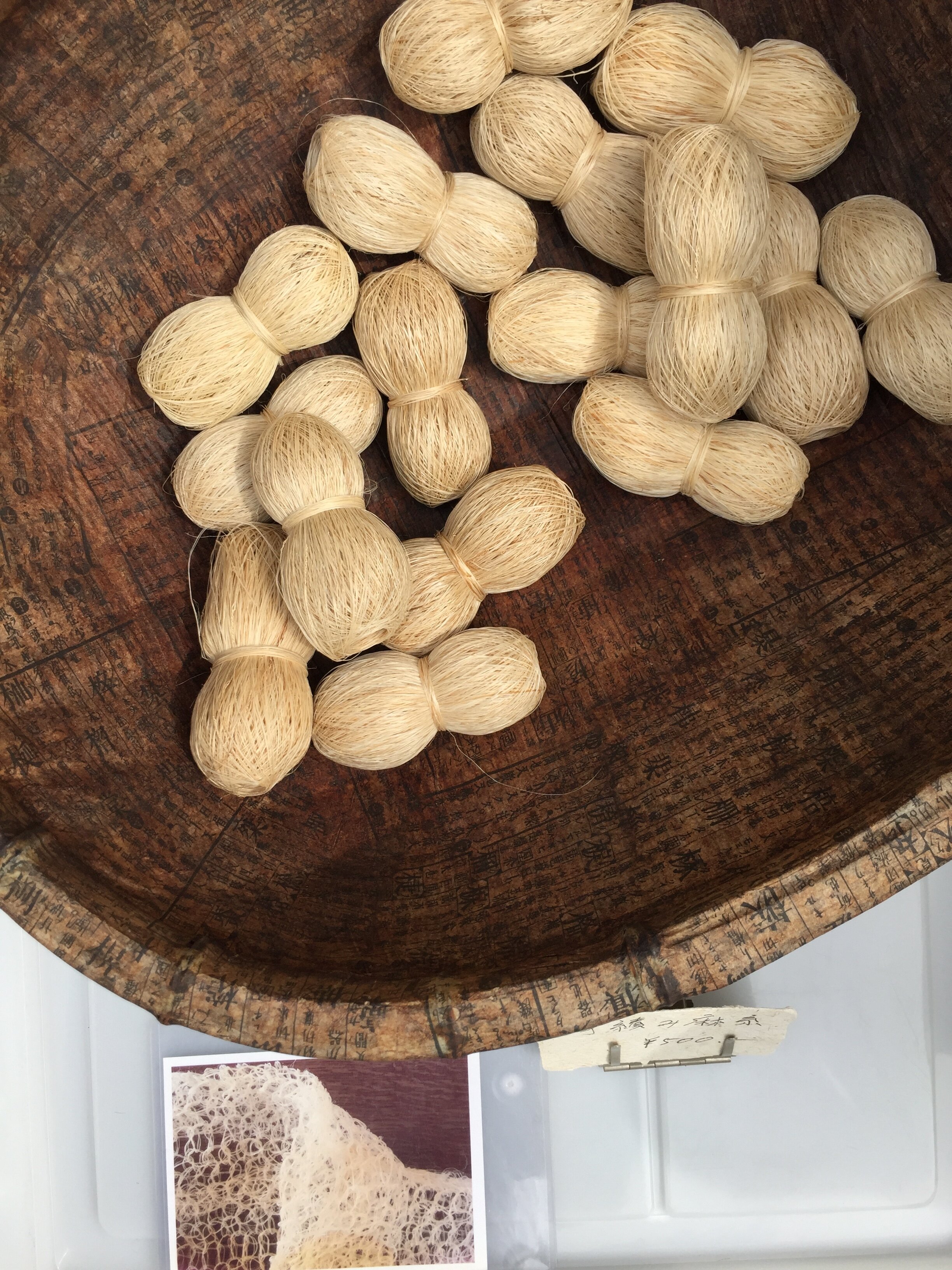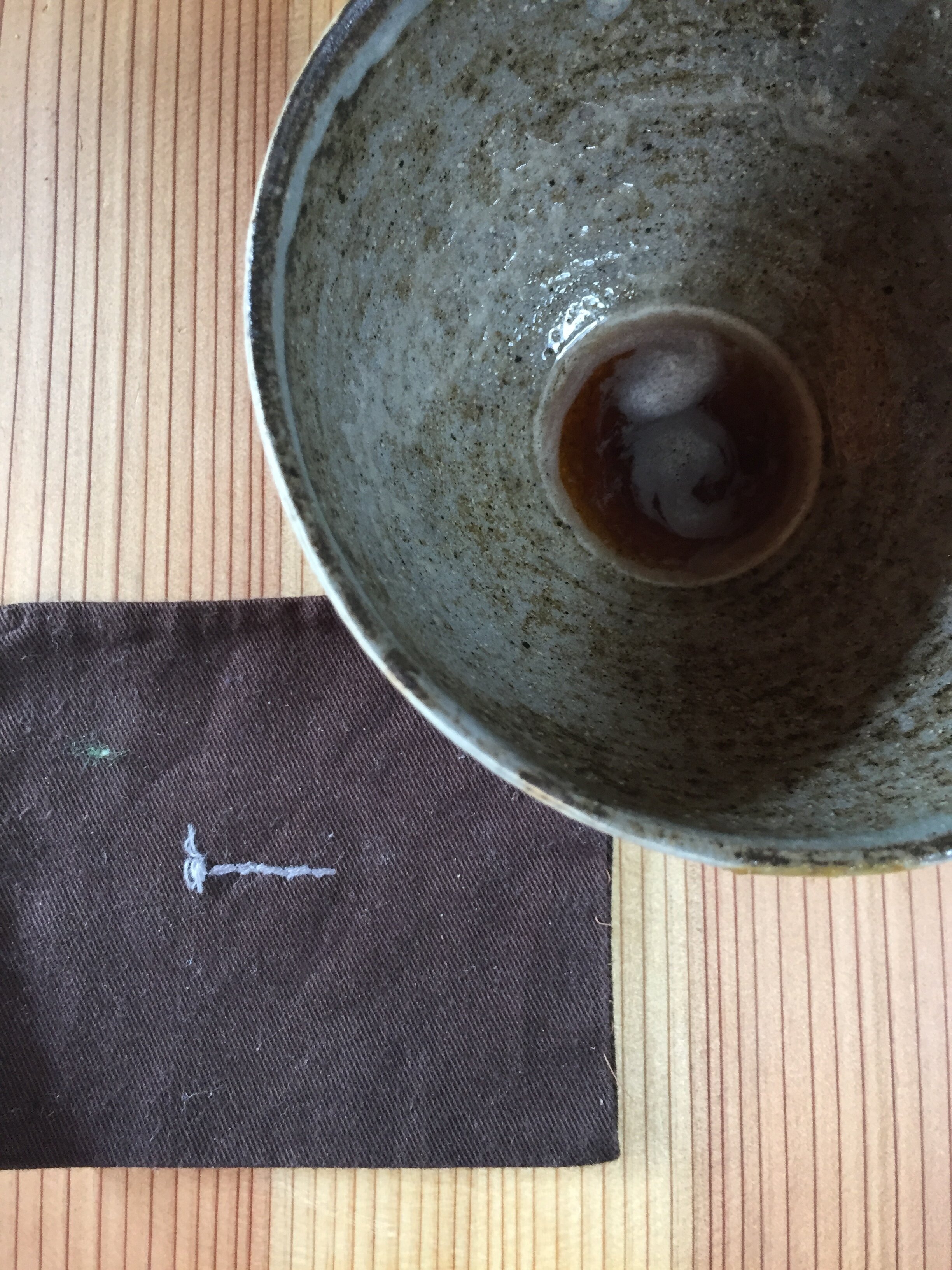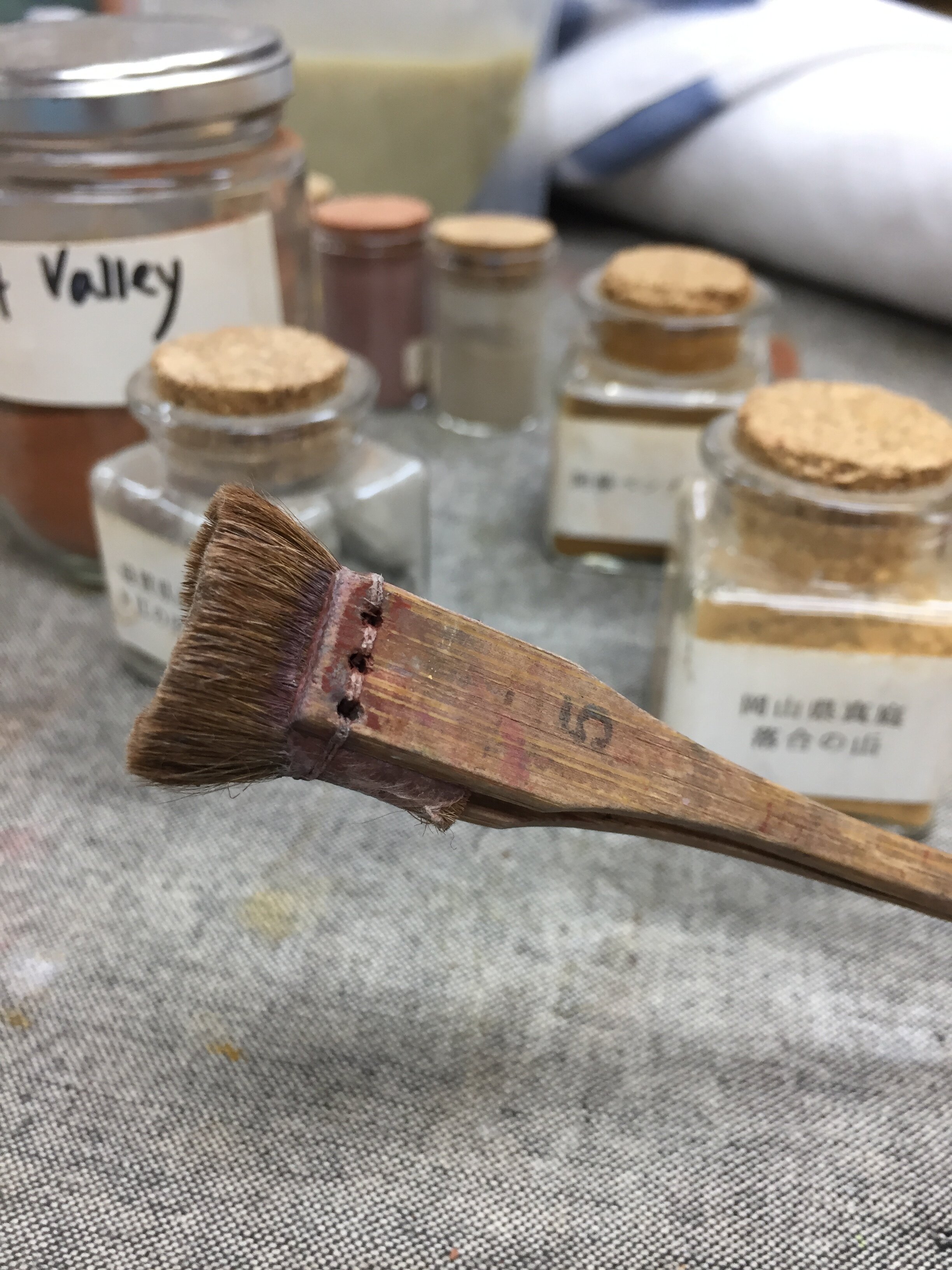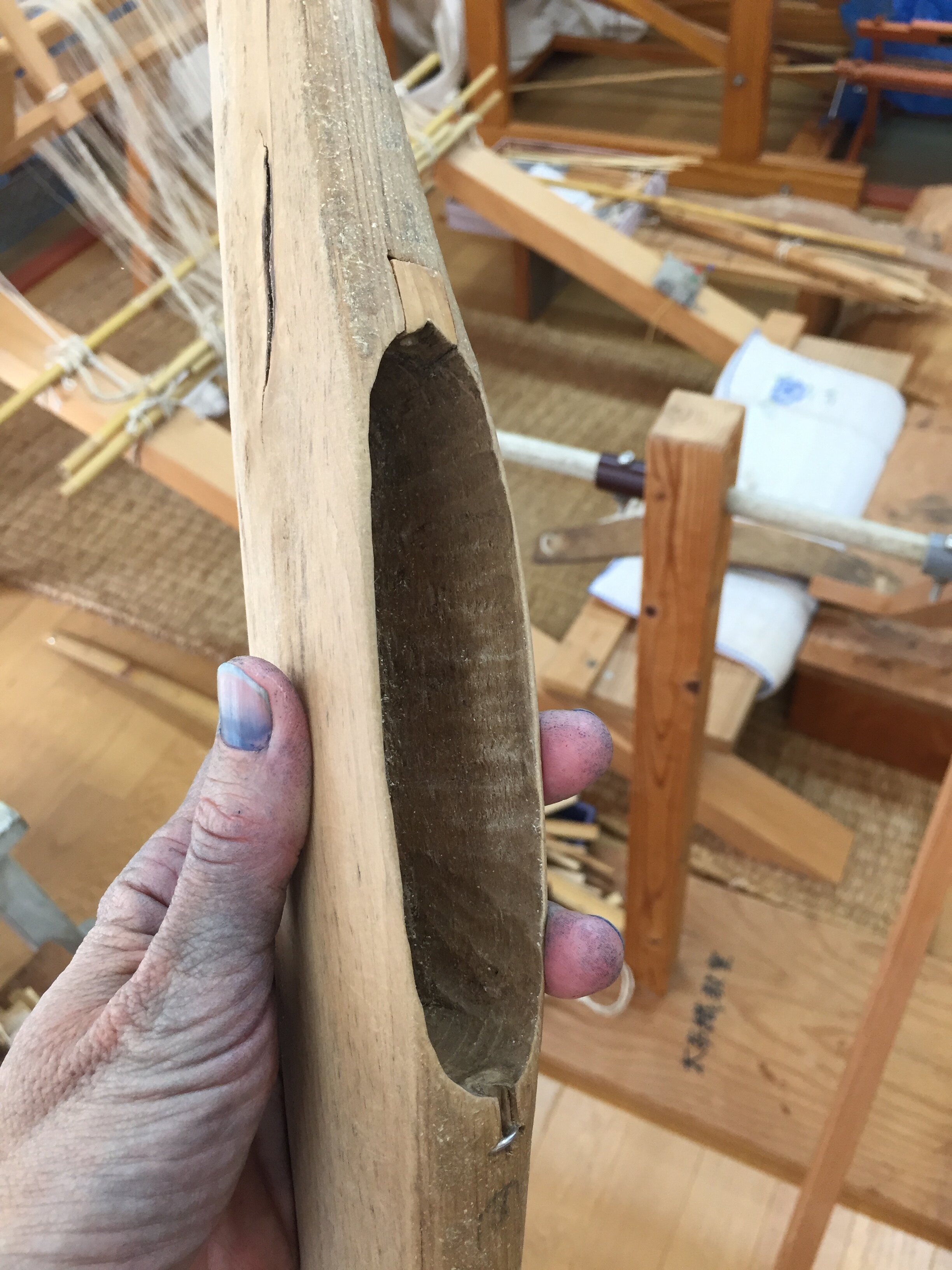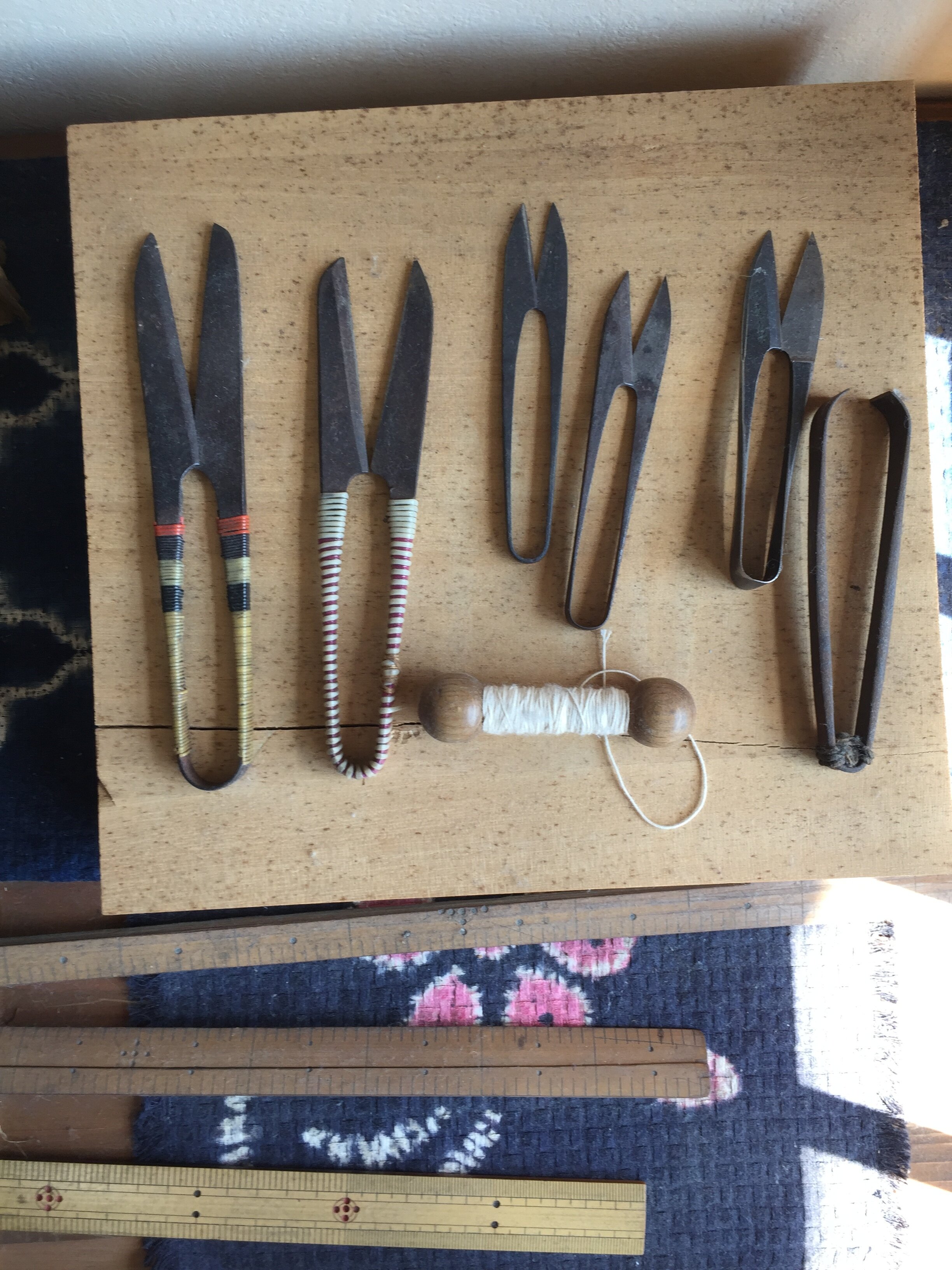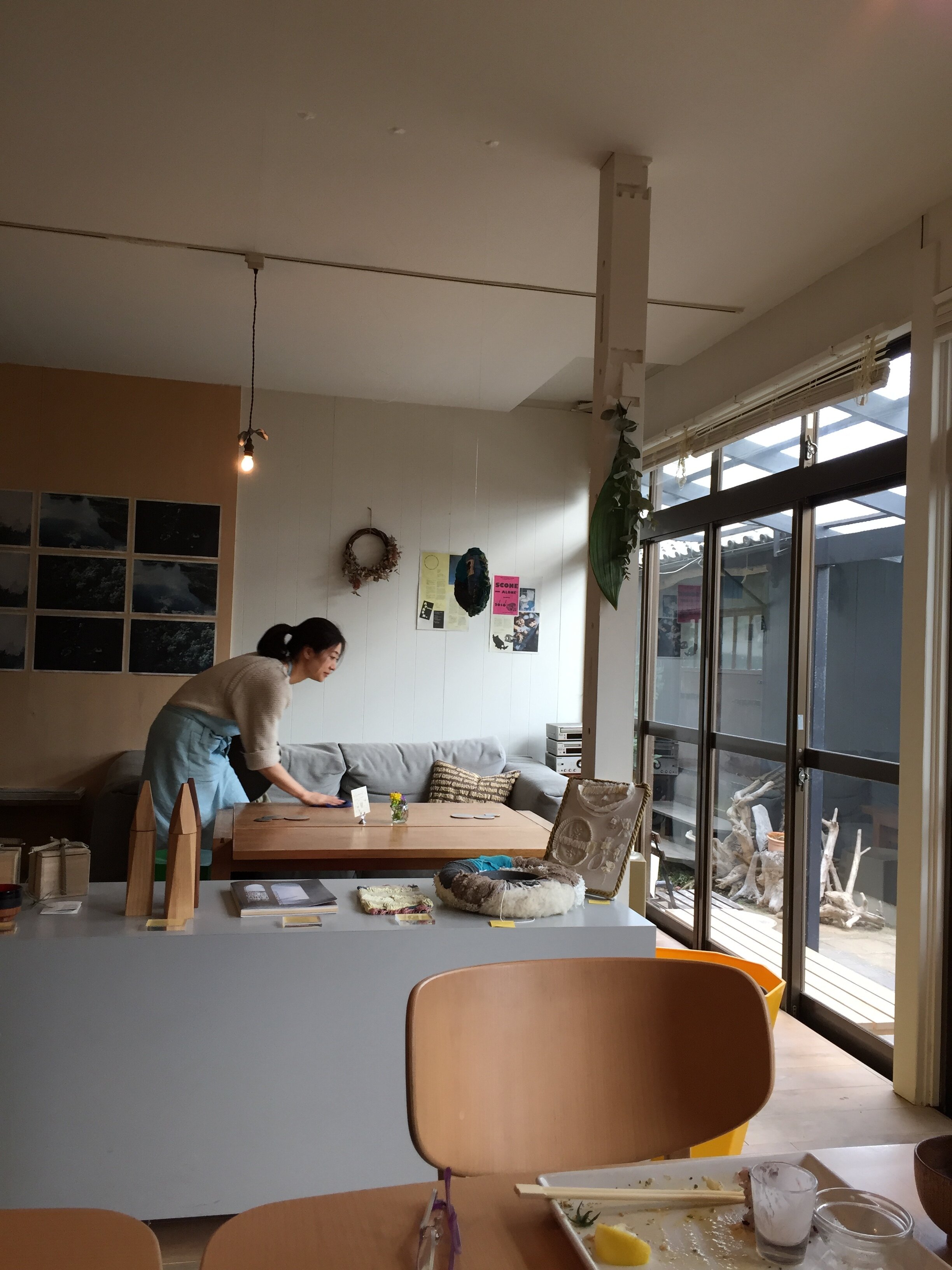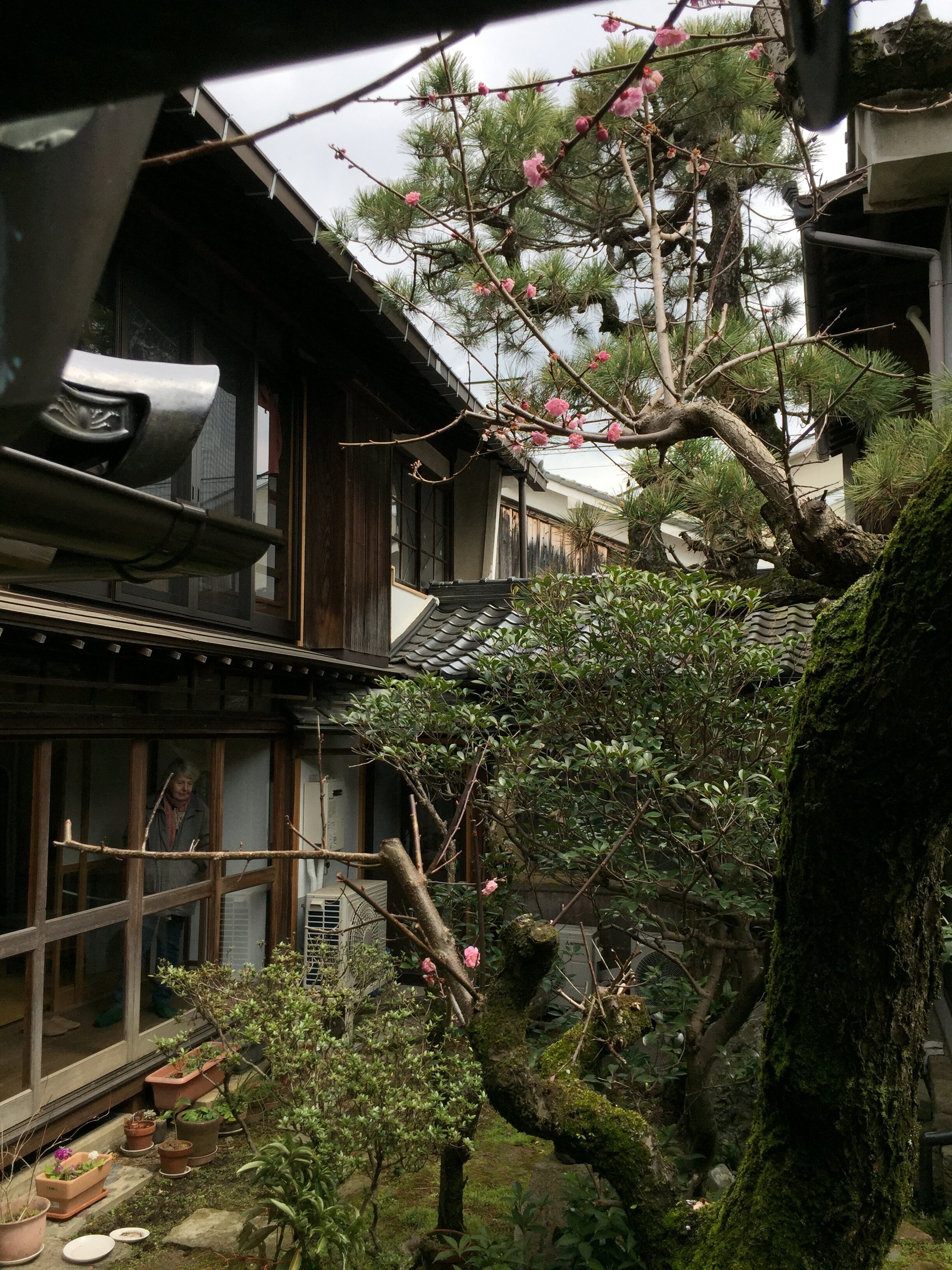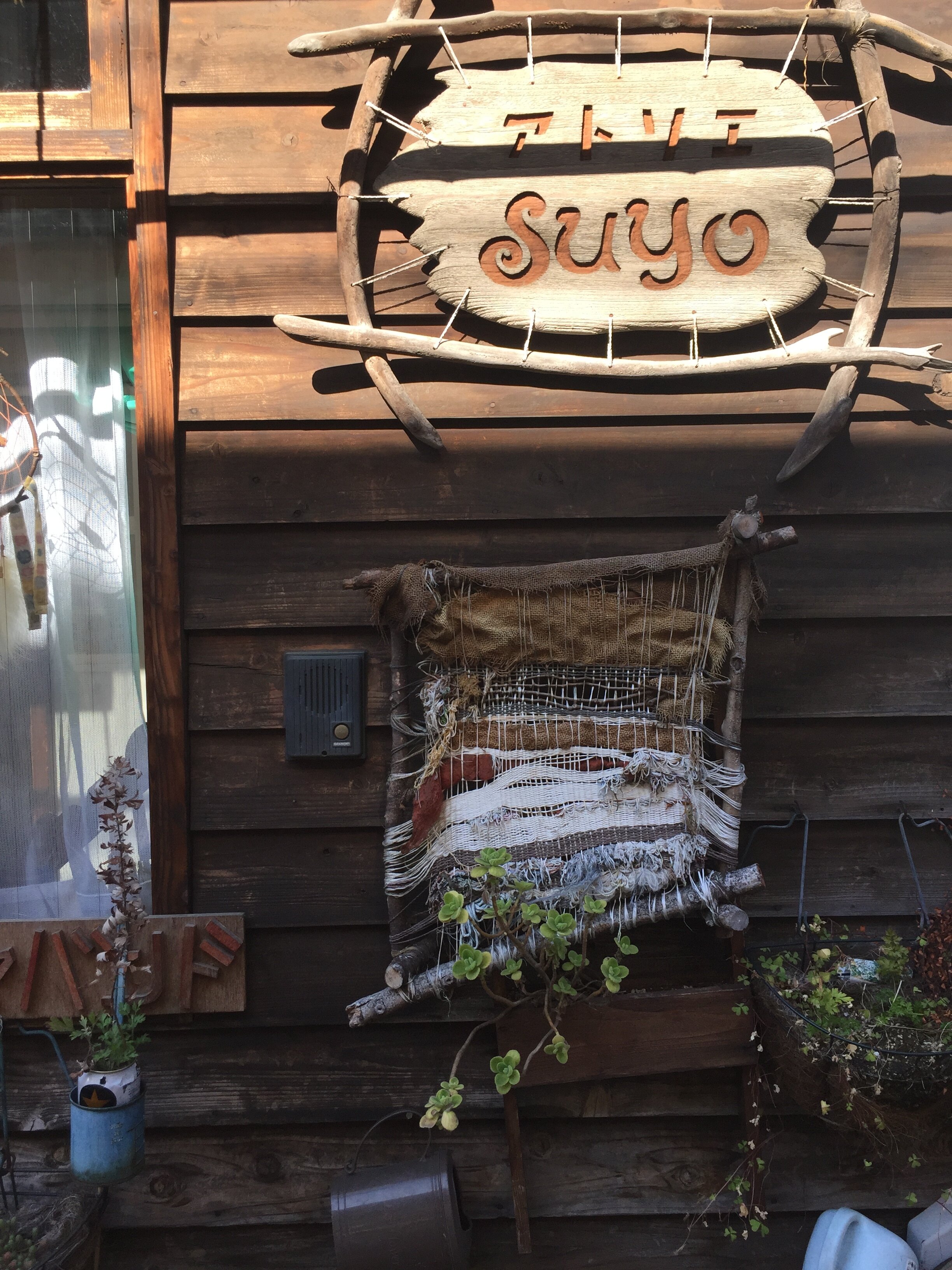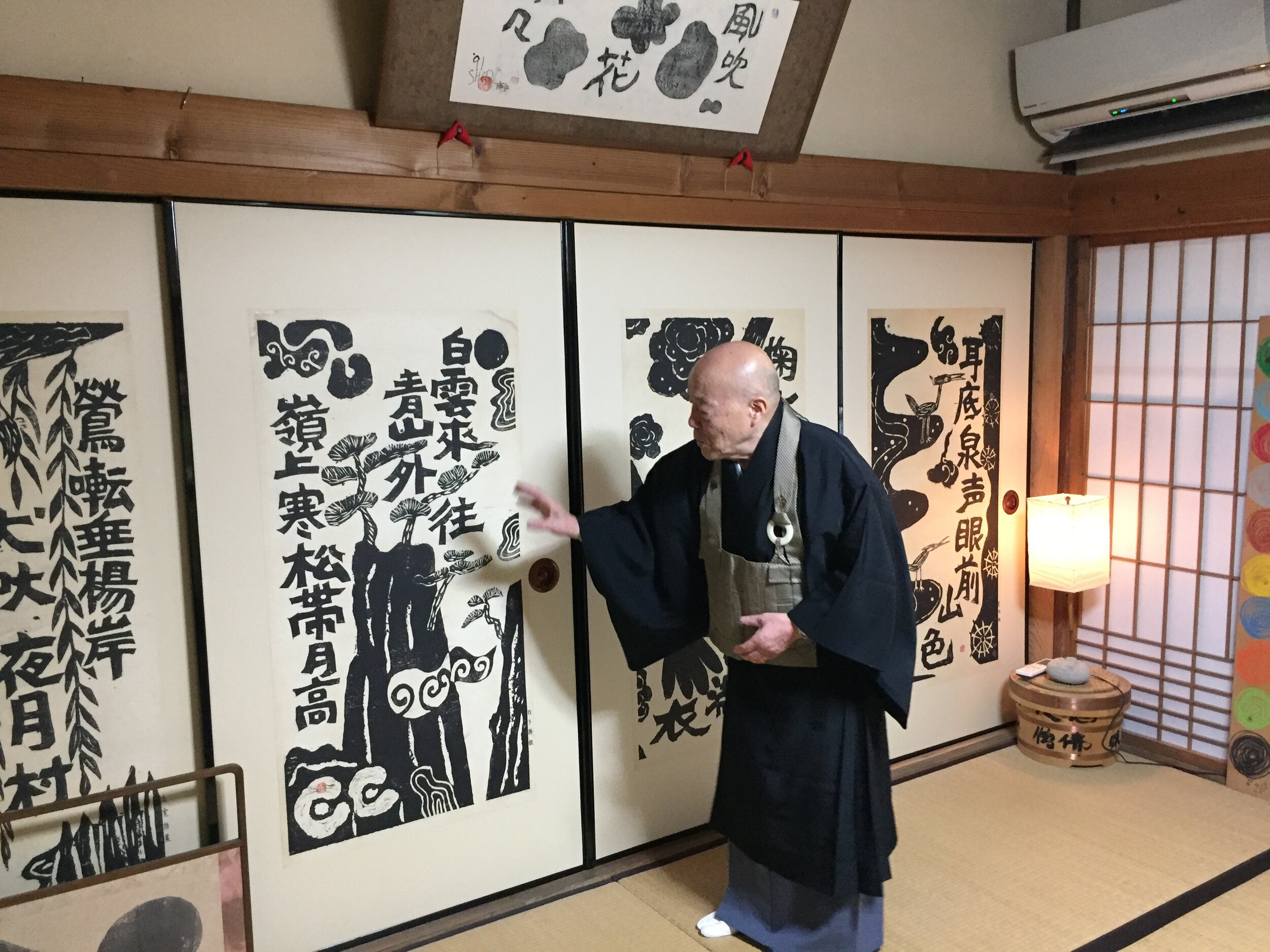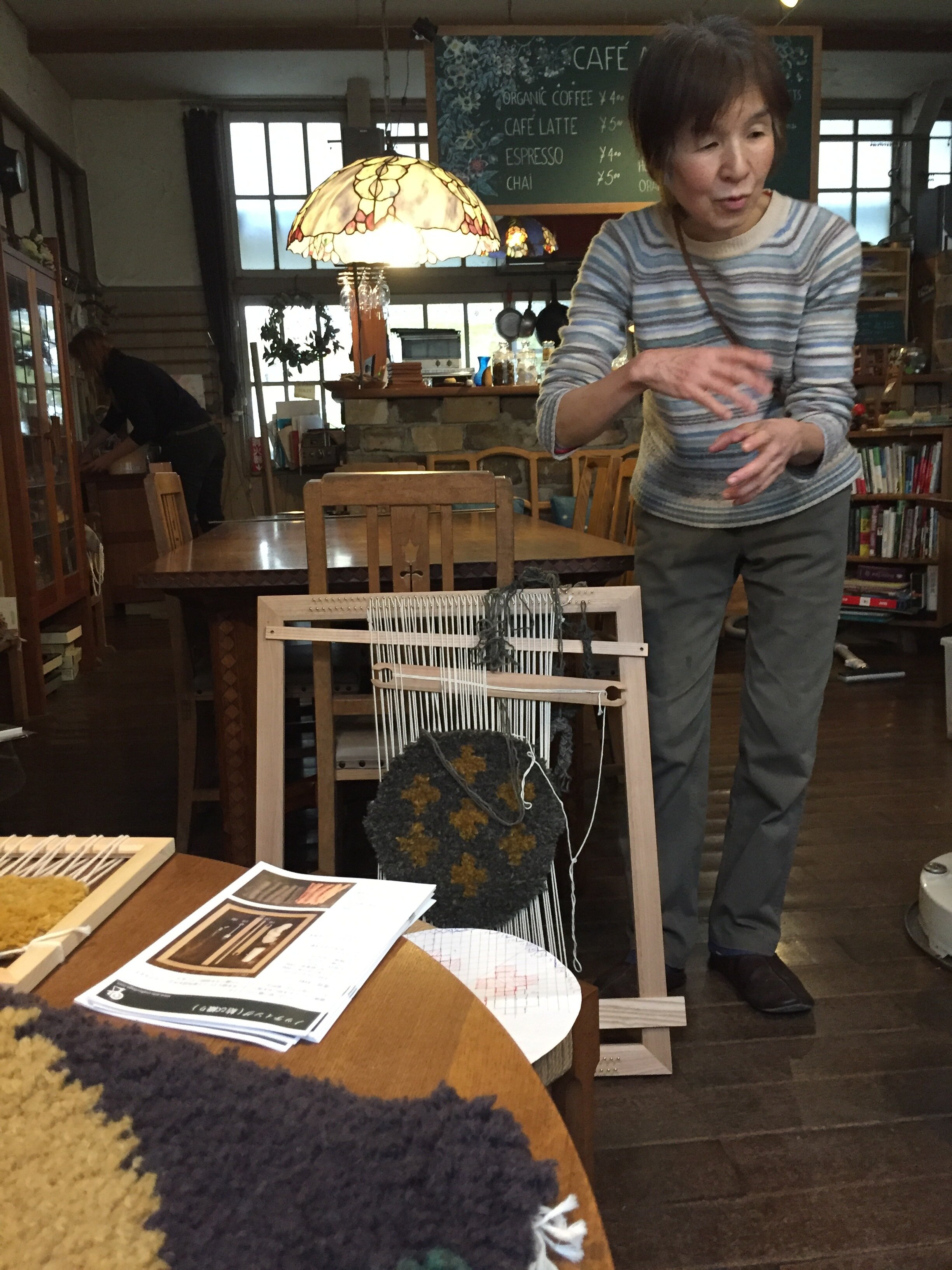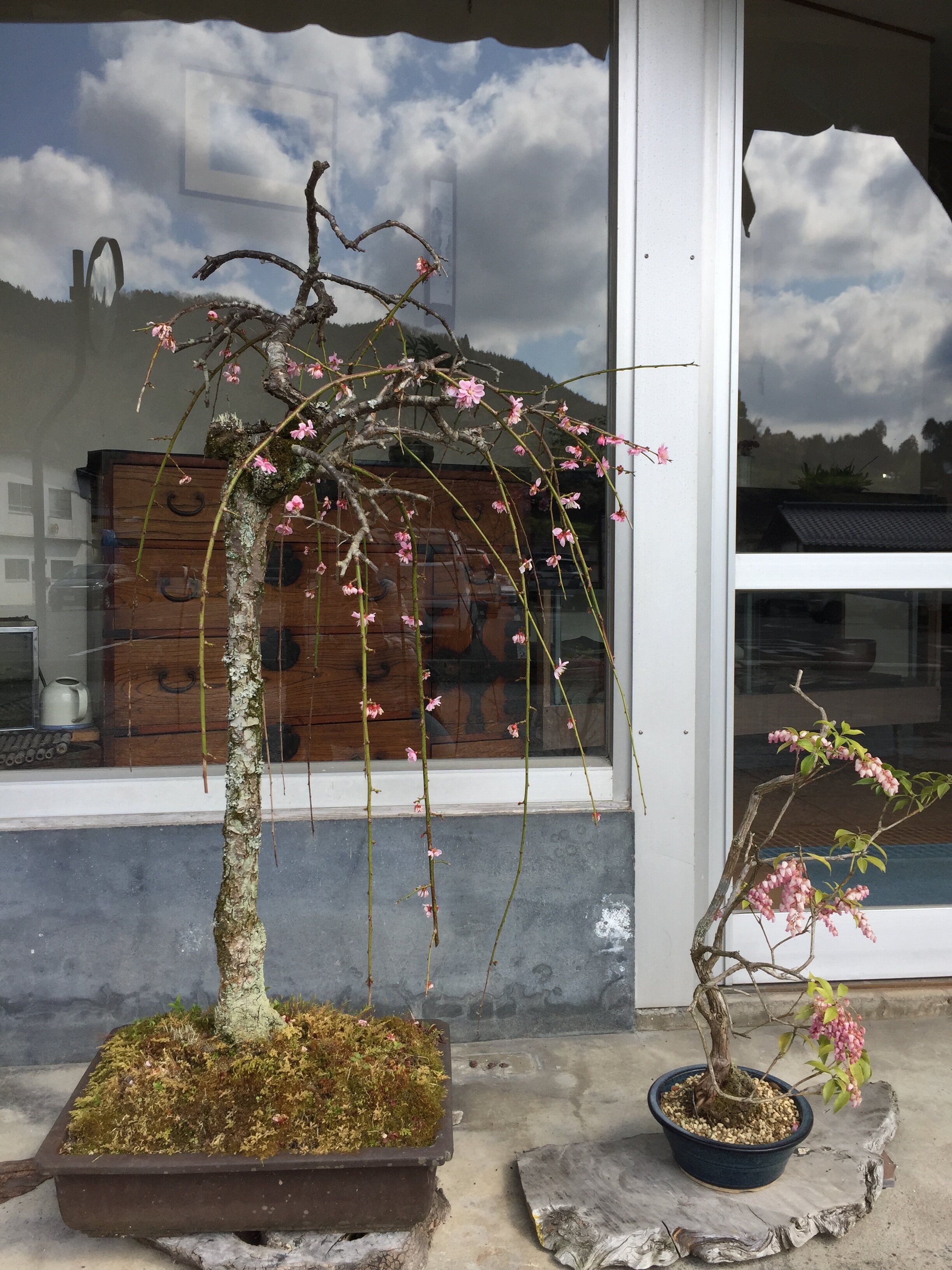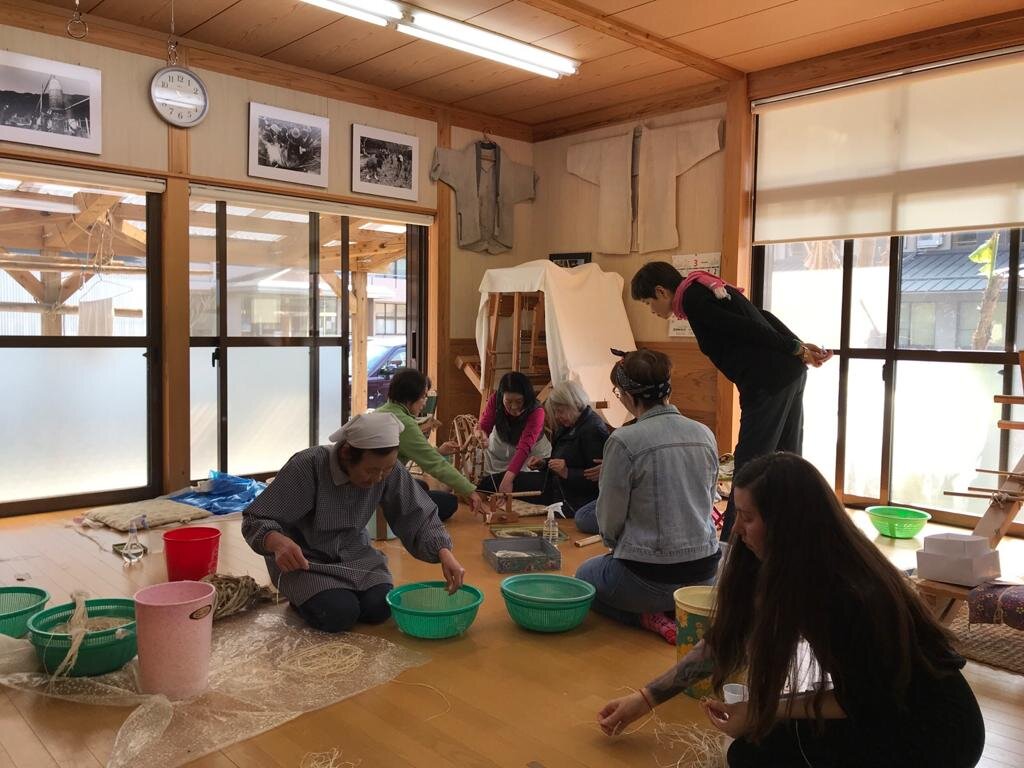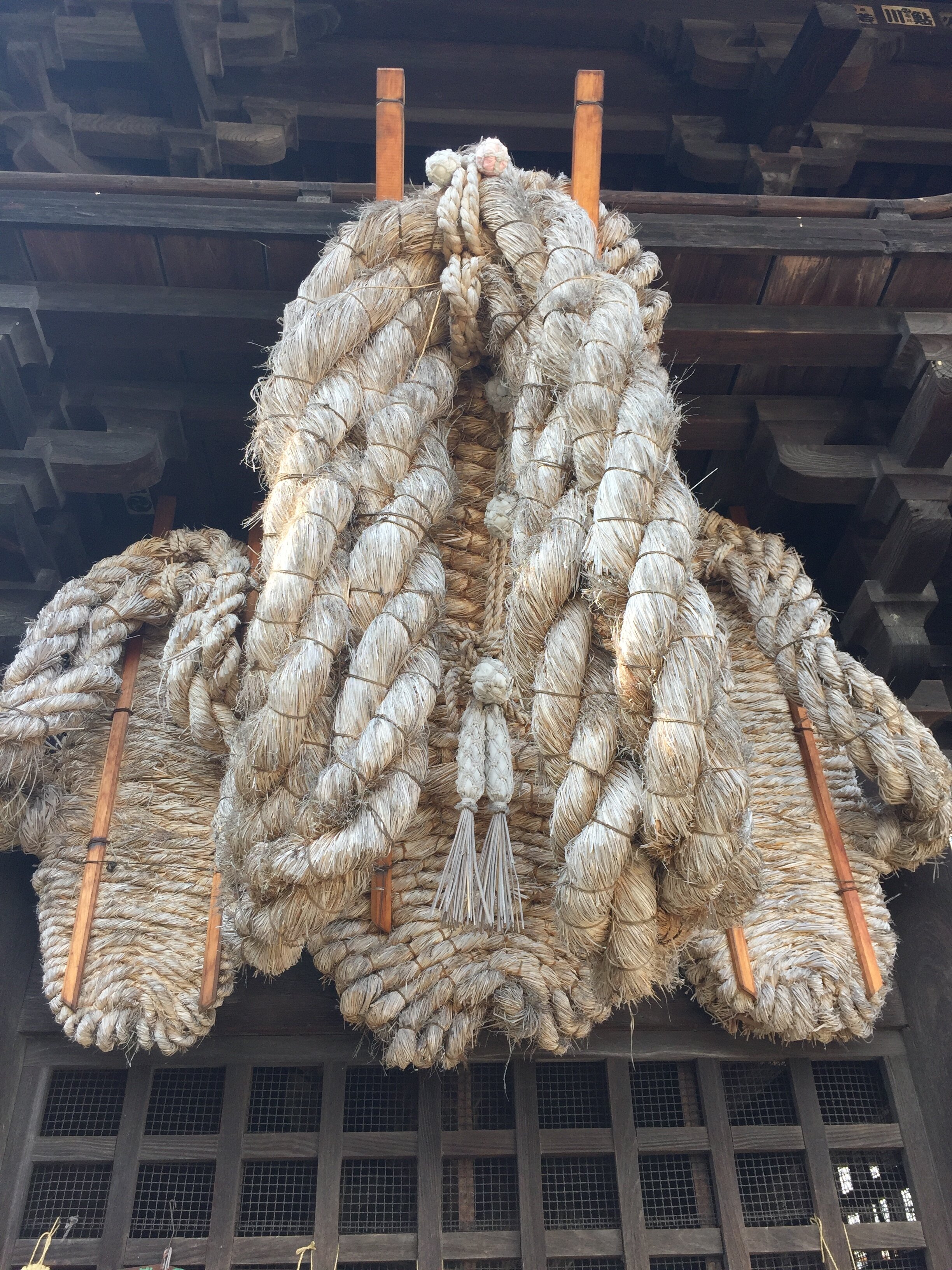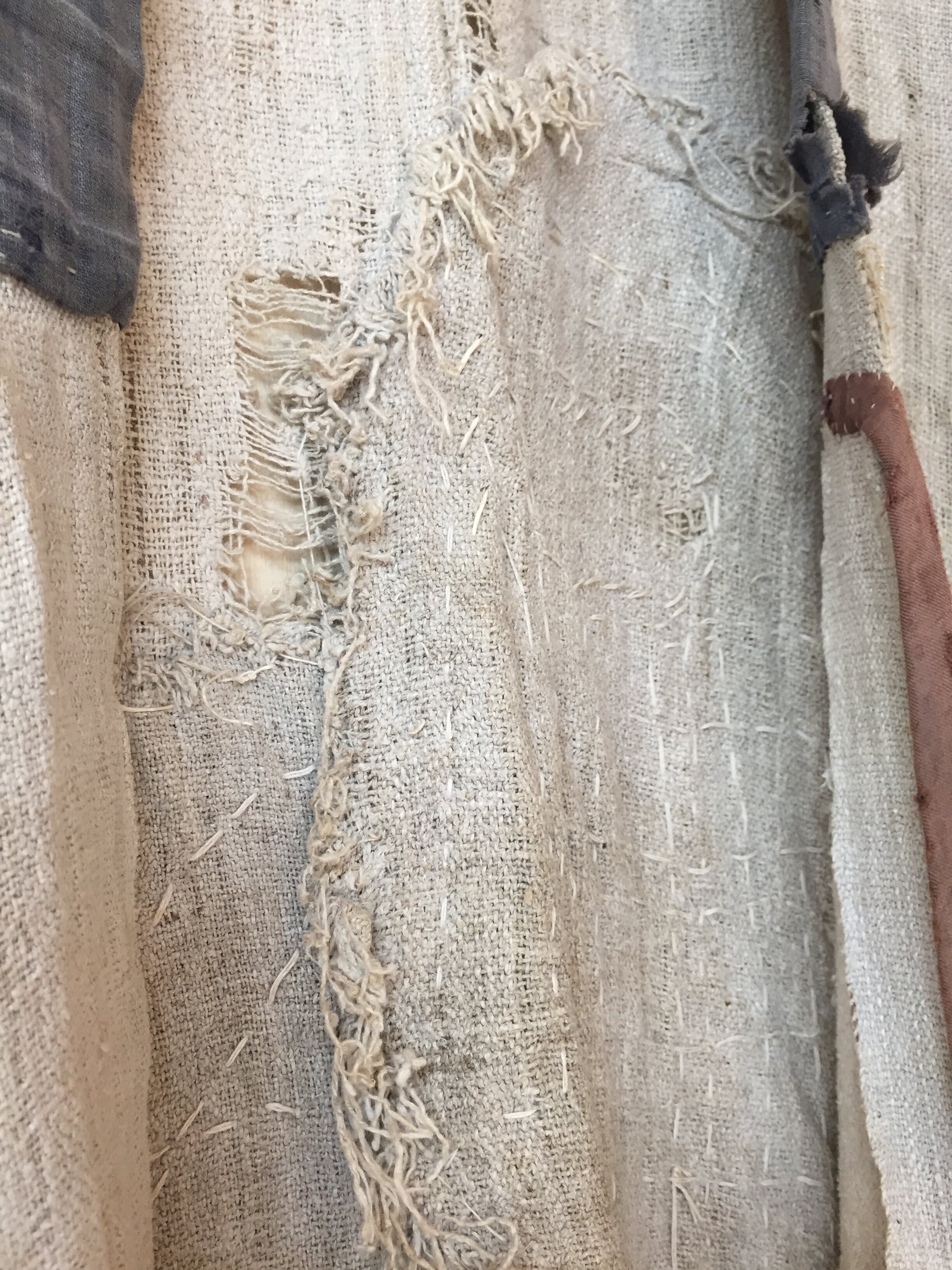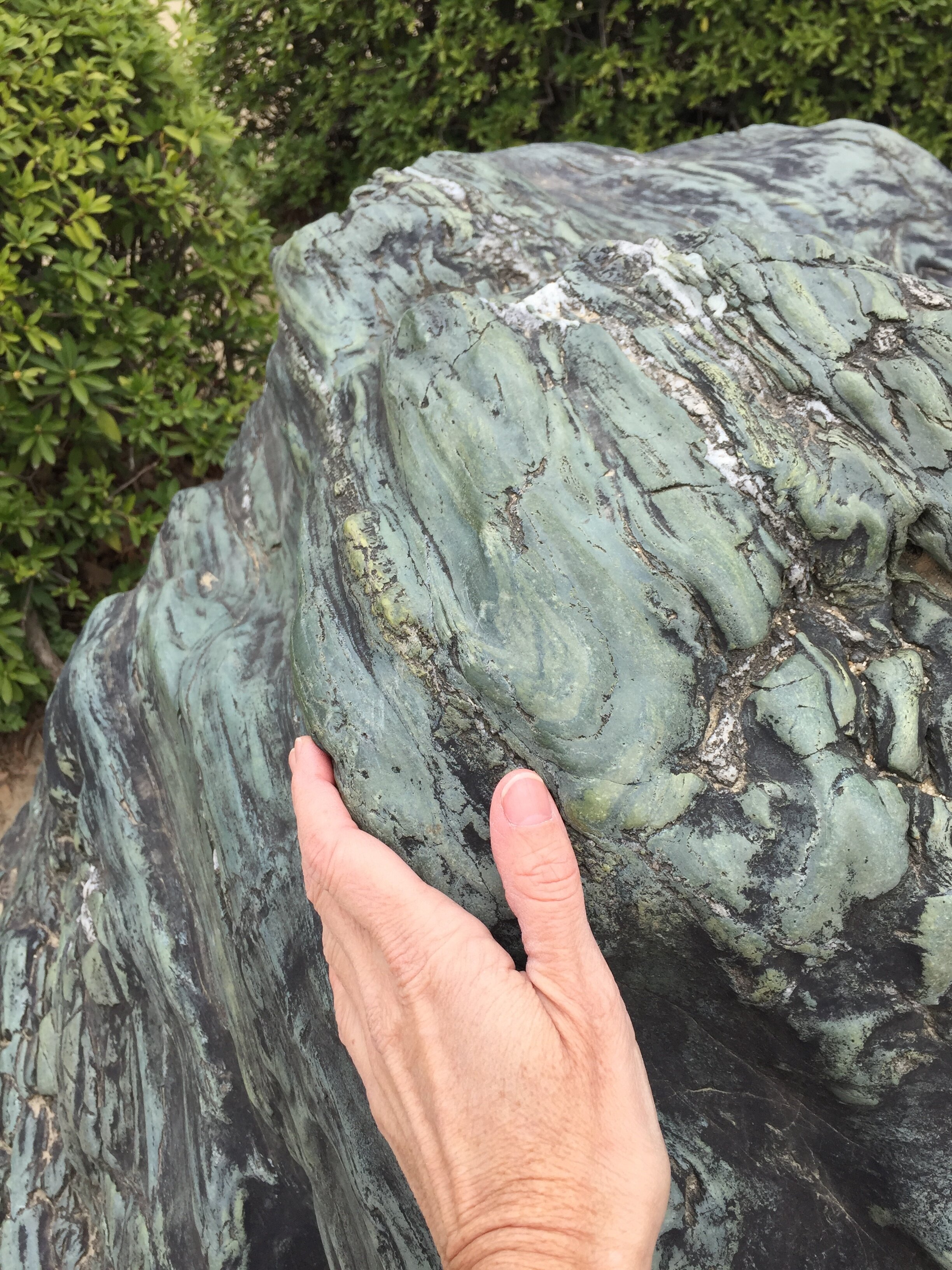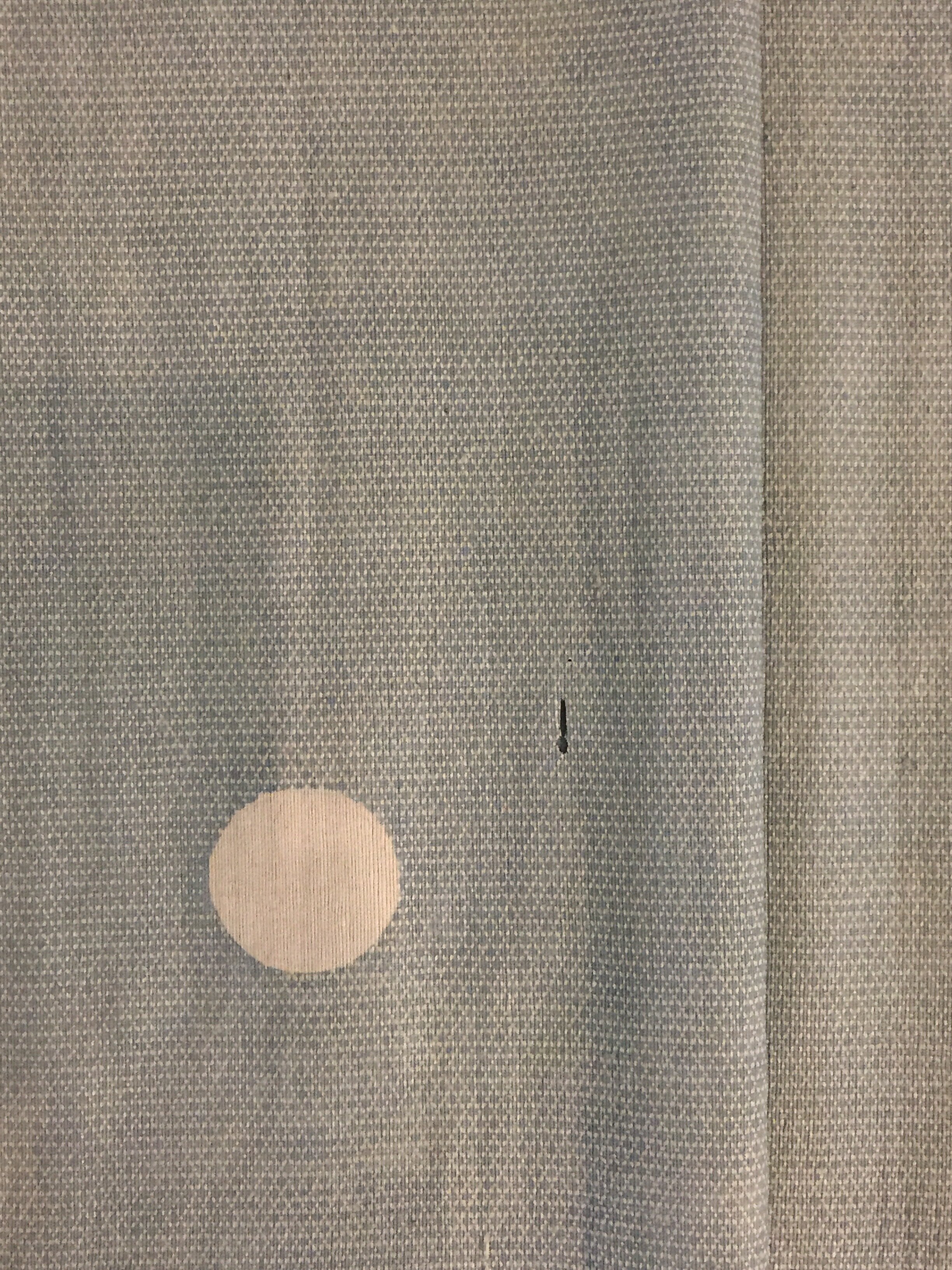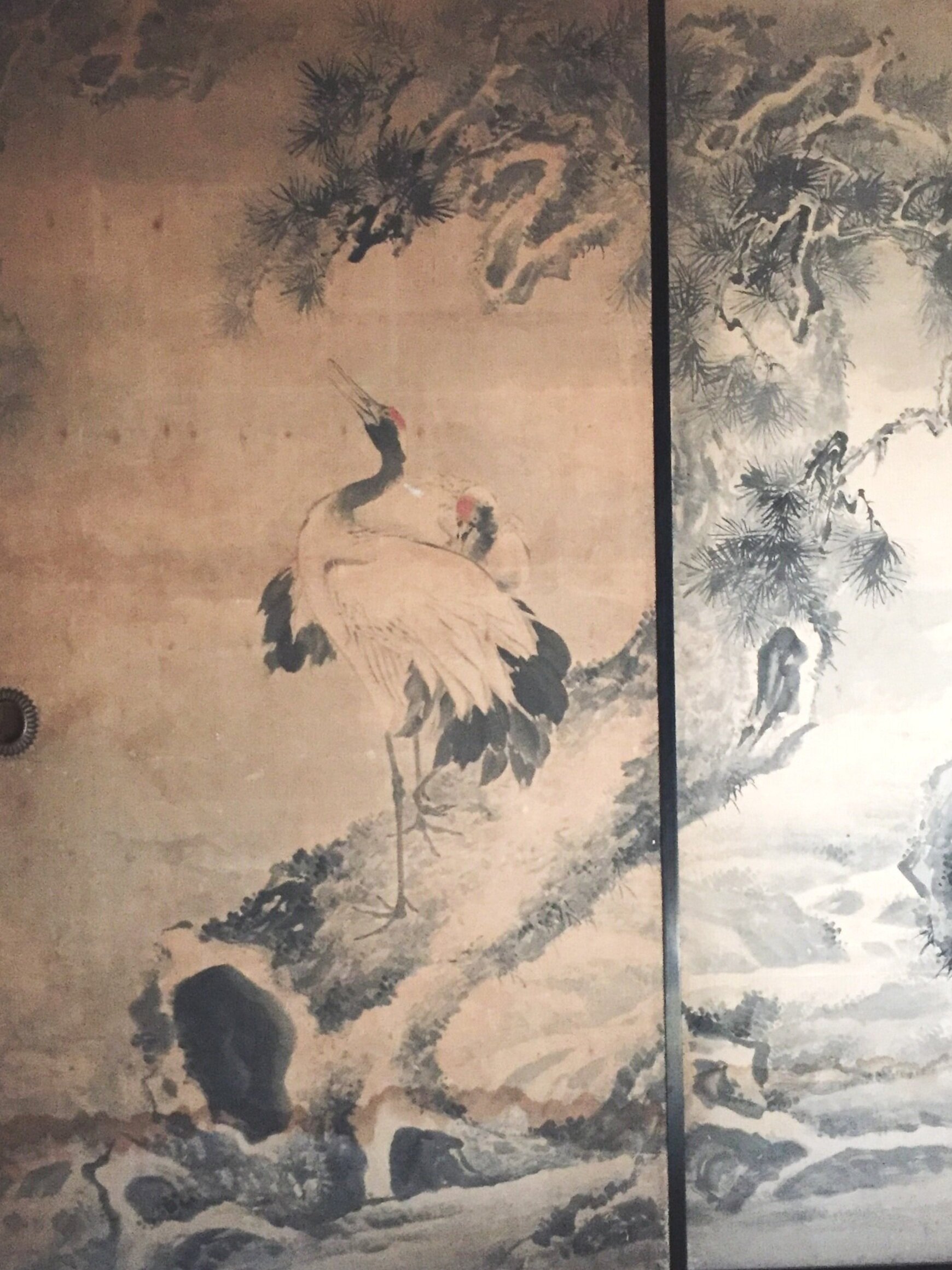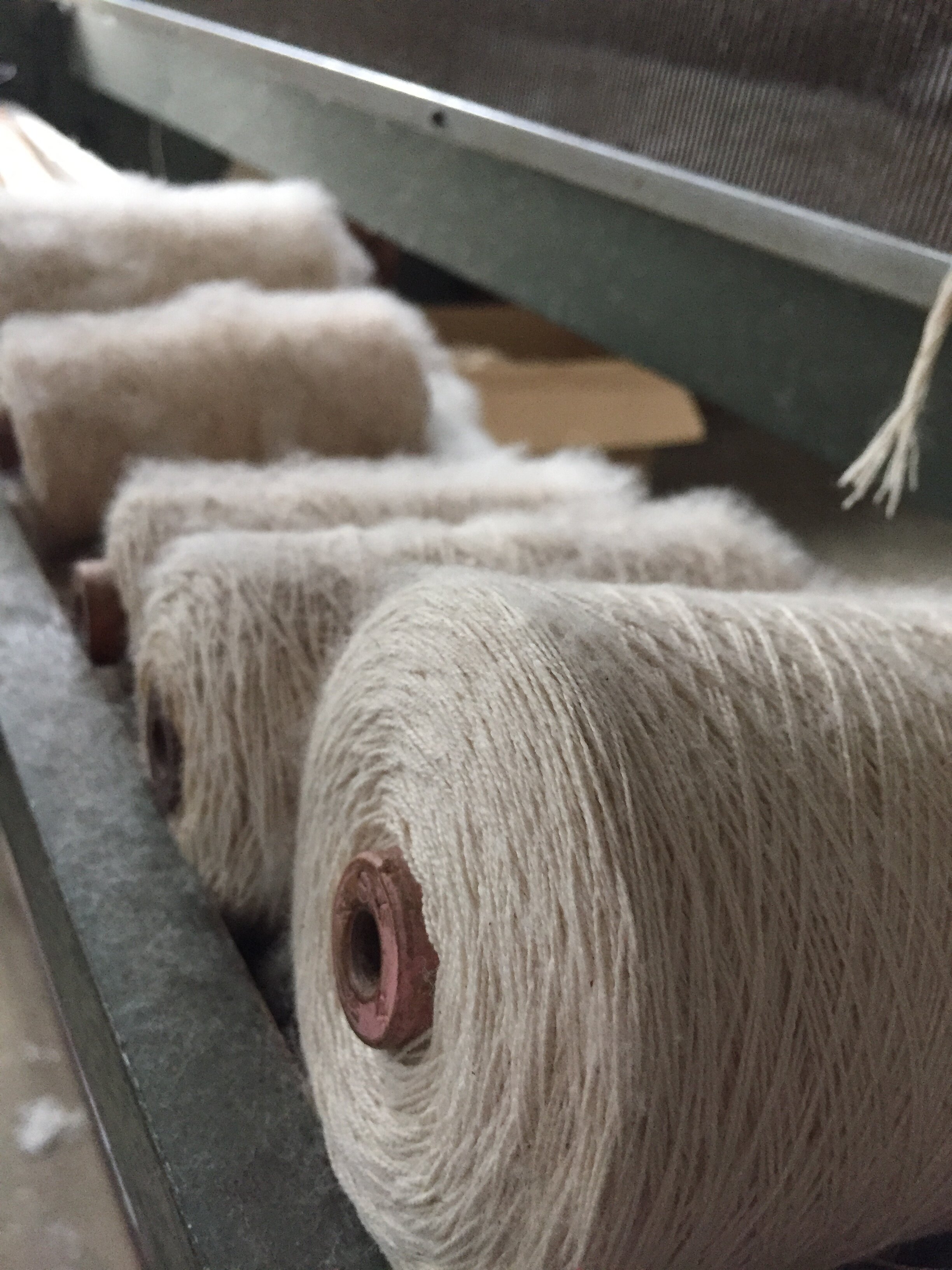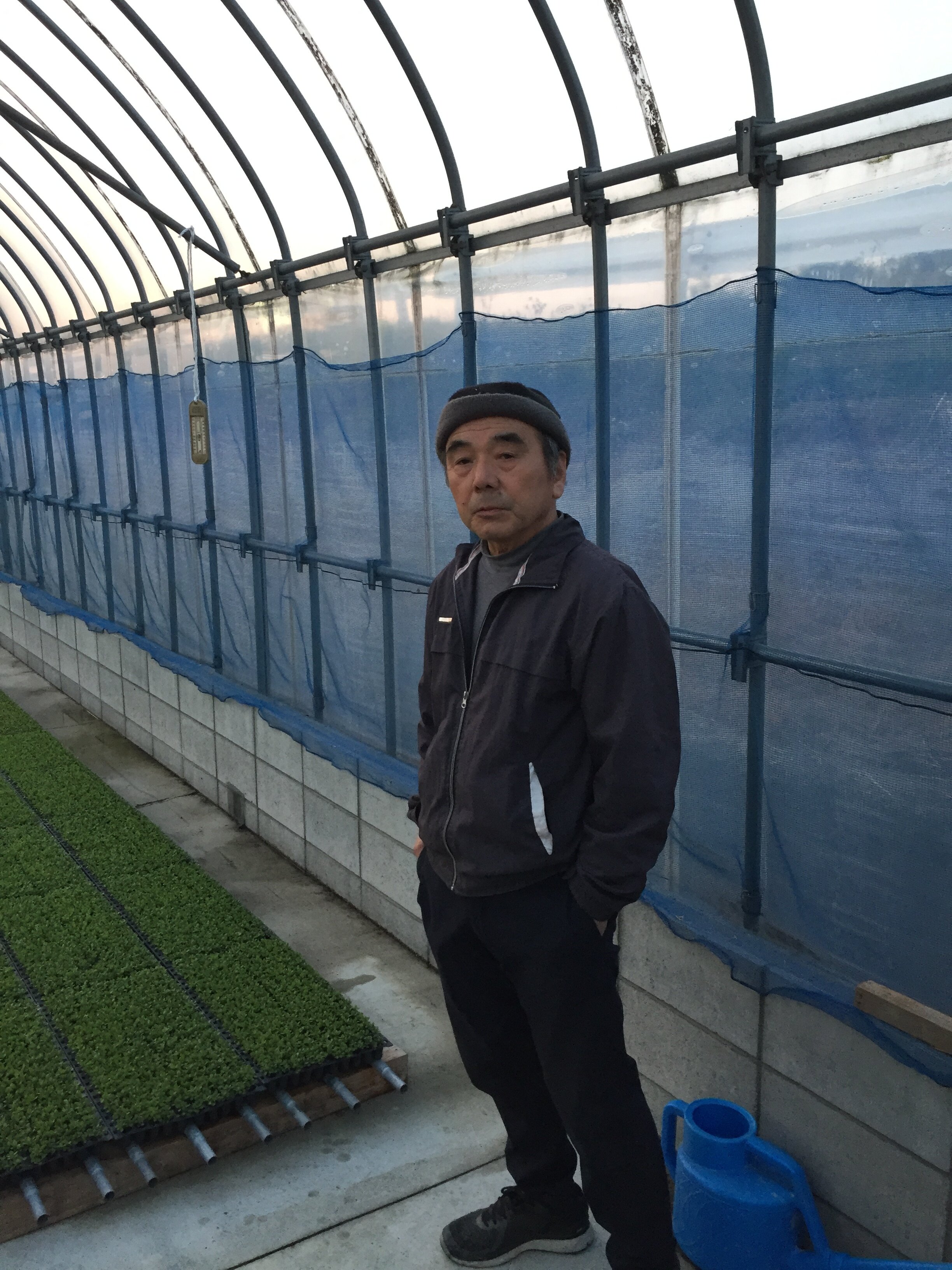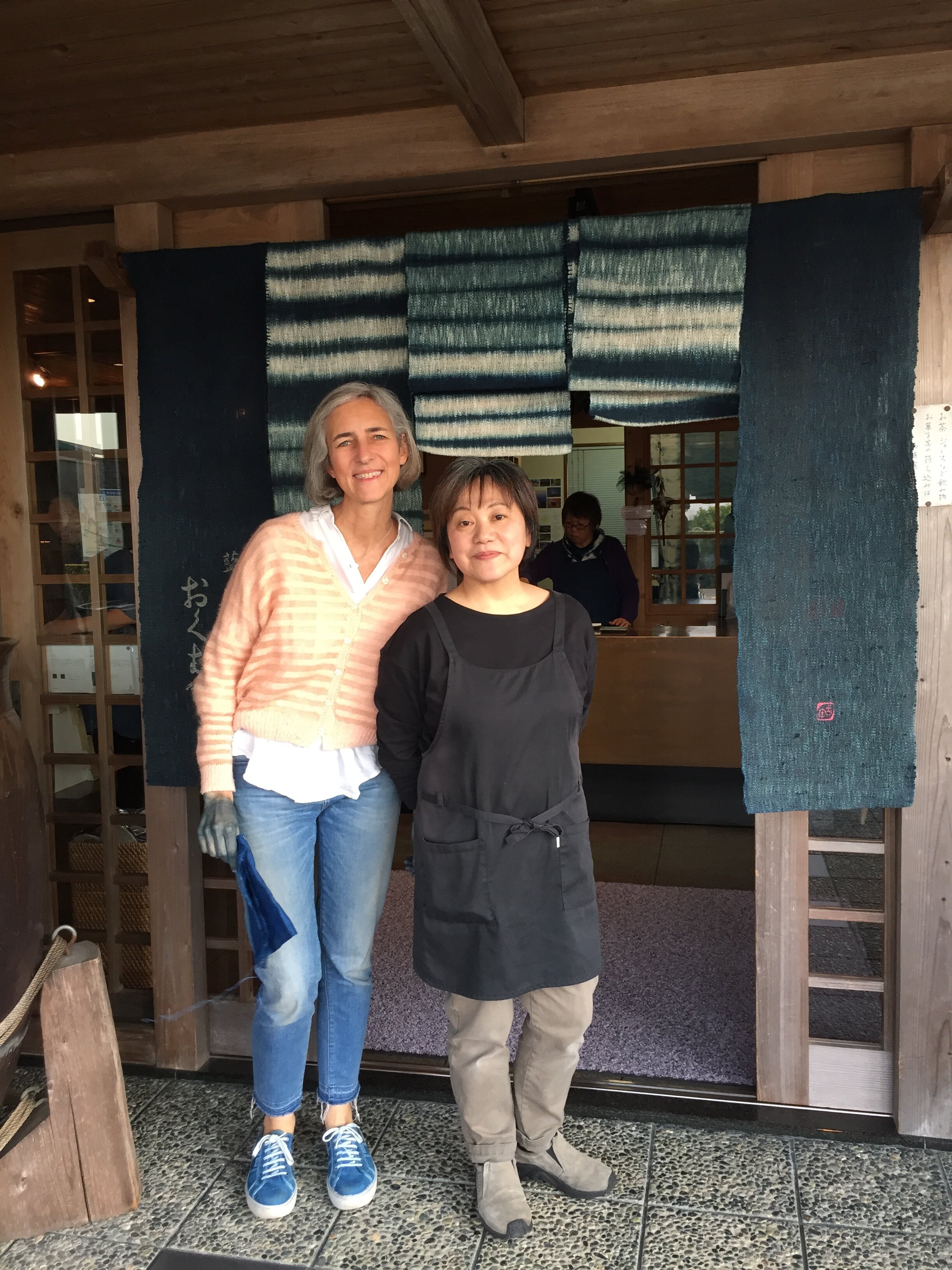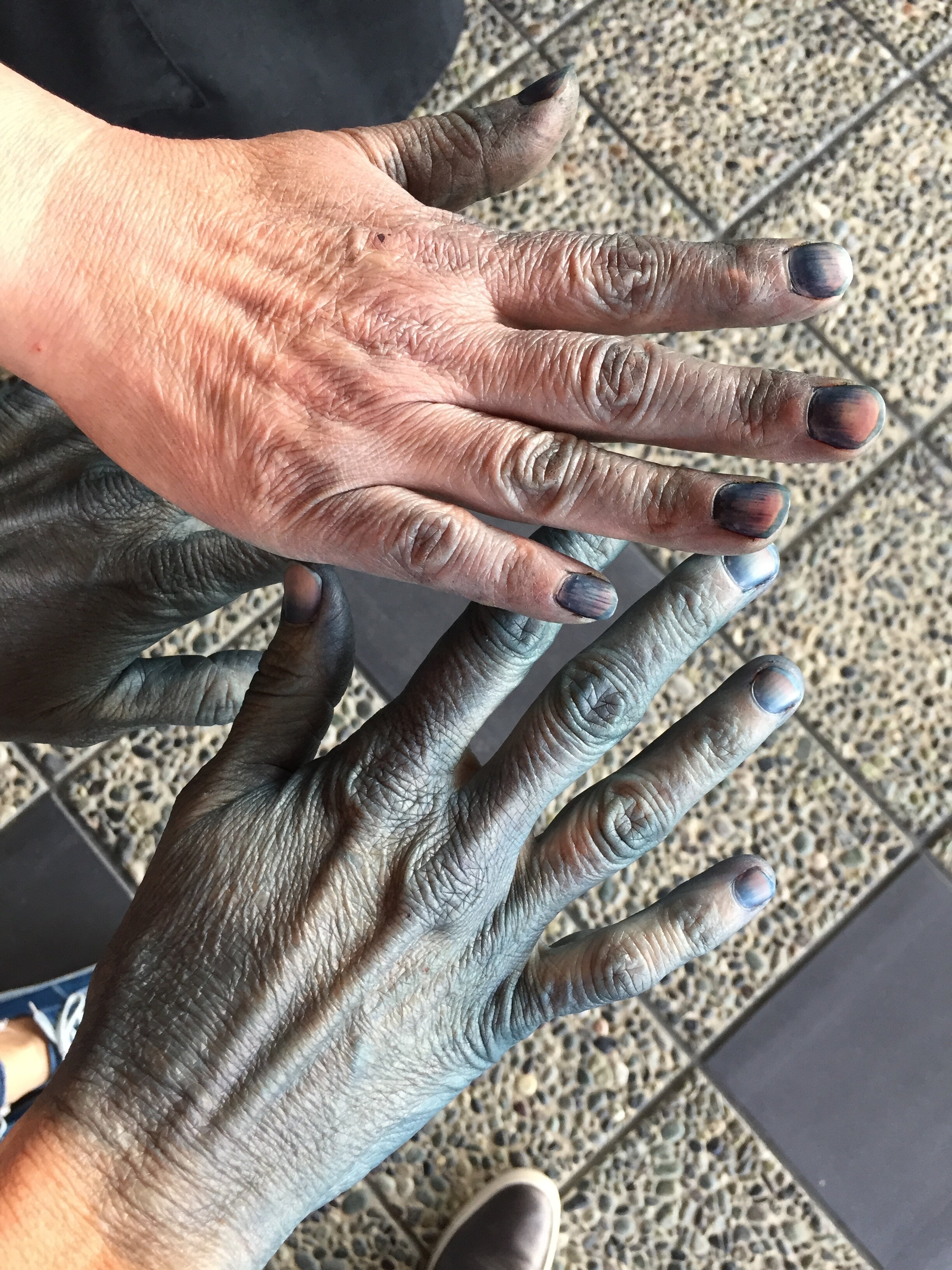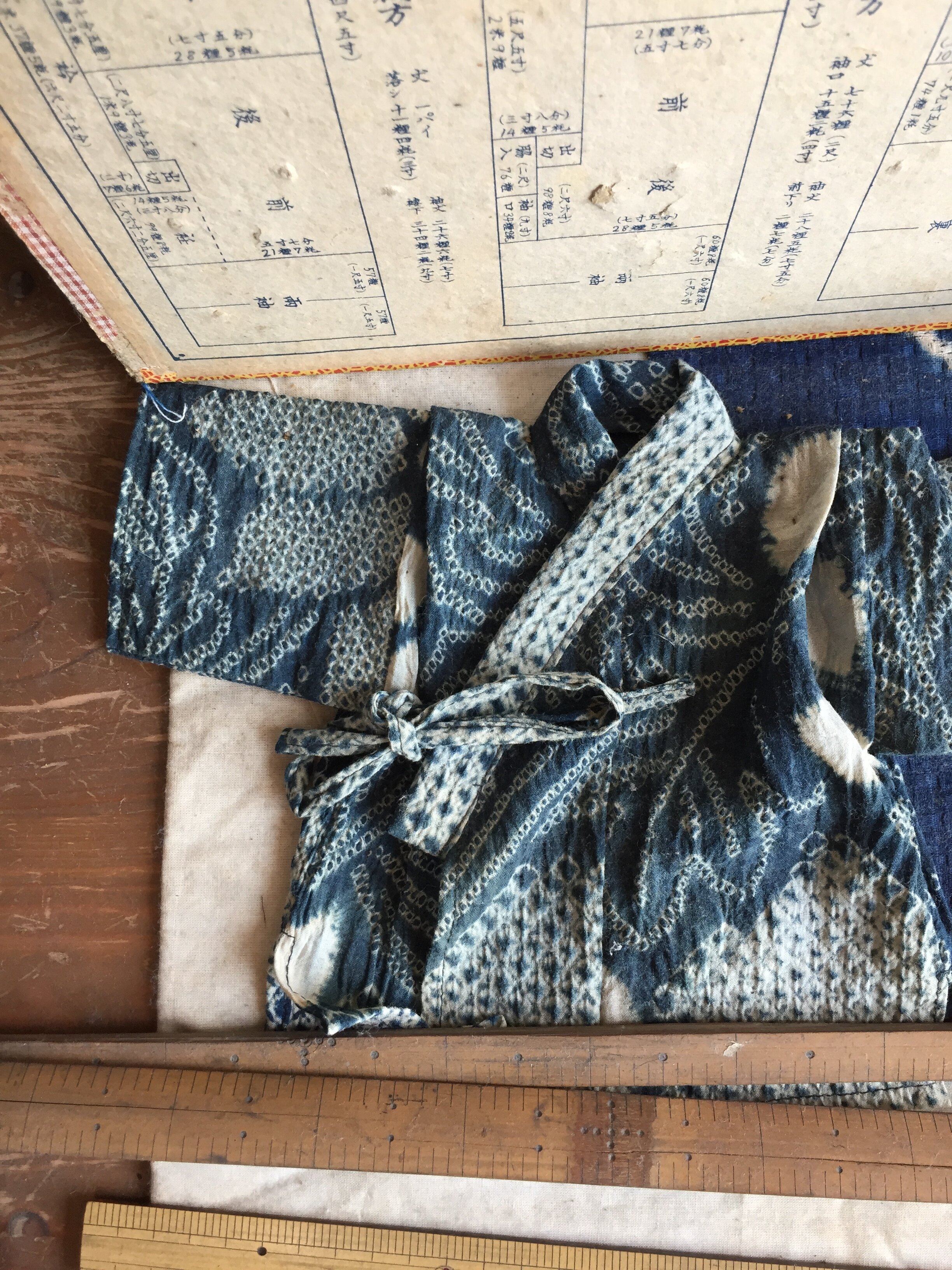Japan in 5 words
I have always felt attracted to Japan and it’s culture. Finally in April of 2019 I was able to visit the country on an amazing trip that led me through little towns, artists and artisan studios, indigo farmers, dyers, spinners, weavers… taking with me many learnings and values that I want to recall and share with you in just 5 words:
simplicity / humbleness / kindness / imperfection / tradition
Siempre he sentido una atracción especial por Japón y su cultura. Finalmente pude visitar el país en abril de 2019 en un viaje increíble en el que recorrí pueblos, estudios de artistas y artesanos, plantaciones de indigo, tintoreros, hilanderos, tejedores…. llevándome conmigo muchas cosas aprendidas y valores que quiero compartir con vosotros en tan solo 5 palabras:
simplicidad / humildad / amabilidad / imperfección / tradición
1. Simplicity
Why adorning things if there is a simple way to express and give meaning to them in the most natural way, effortlessly. Minimalism and letting beauty shine unobtrusively is not only an aesthetic value, it is an attitude in Japan. The quote “less is more” could not find a better place to live in this land of busy cities, technology but filled with spaces of peace for eyes and soul.
1. SIMPLICIDAD
Por qué adornar si hay una manera simple de expresar y de dar sentido a las cosas de forma natural, sin esfuerzo. El Minimalismo y dejar que la belleza de las cosas brille sin obstáculos no es tan solo un valor estético sino una actitud en Japón. La expresión “menos es más” no podría encontrar un mejor lugar en el cual habitar, en este país de ciudades ajetreadas, de tecnología, pero tan llena de lugares que emanan paz visual y para el alma.
“Truth is ever to be found in simplicity, and not in the multiplicity and confusion of things.” ”
2.humbleness
It takes time, years or generations to become a master in Japan. During my trip I was fortunate to meet many artisan that opened their studios to me. Their spaces were not sophisticated in any way, but were filled with so much know how. Their hands moved with precision, holding simple, hand made tools creating the most beautiful and amazing pieces. Almost none of them had IG accounts or followers, their satisfaction was to do the things right, beautiful and timeless in the most humble way.
2: HUMILDAD
Convertirse en un artesano en Japón lleva tiempo, años o a veces generaciones. Durante mi viaje tuve la suerte de poder visitar muchos artesanos que abrieron sus estudios a mi. Sus espacios no eran en absoluto sofisticados, pero estaban llenos de “saber hacer”. Sus manos se movían con precisión, sujetando herramientas sencillas junto con las que creaban las piezas más bellas e impresionantes. Casi ninguno de ellos tenía un cuenta de IG o seguidores, su satisfacción estaba en hacer las cosas de la manera correcta, llenas de belleza y de atemporalidad de la manera más humilde posible.
“Think lightly of yourself and deeply of the world.”
3. kindness
Japan is a land of manners and rules. There are certain protocols, head bows, expressions that could seem quite stiff or intimidating to us, but I was surprised by the many gestures of kindness that I encountered. Friendly, hart warming people who opened their shops, cafés, studios, zen temple or houses to me, who shared with me their knowledge, their privacy, their smiles.
3. Amabilidad
Japón es un país de costumbre y de normas. Existen ciertos protocolos, reverencias, expresiones, que pueden parecernos algo tiesas o intimidatorias, pero sobre todo me sorprendió la cantidad de gestos de amabilidad que experimenté. Personas simpáticas, cariñosas, que abrieron su tiendas, cafés, estudios, templos zen o casas a mi, que compartieron conmigo sus conocimientos, su privacidad, sus sonrisas.
4. IMPERFECTION
No other culture than Japan embraces the beauty of things that are imperfect, impermanent or incomplete. Things are mended and the pass of time is not hidden, on the contrary… it is an added value.
Accepting the transient nature of life, that things, surfaces, fabrics, ceramics, woods age with us is something I often witnessed in Japan and that I also value in my life. Honoring the pass of time makes things even more real, present and alive.
4. IMPERFECCIÓN
No hay otra cultura como la japonesa que acoge la belleza de las cosas imperfectas, impermanentes o incompletas. Se hacen remiendos y el paso del tiempo no se esconde, sino de lo contrario… es un valor añadido.
Aceptar la naturaleza transitoria de la vida y que las cosas, las superficies, las telas, las cerámicas, las maderas envejecen es algo que observé a menudo en Japón, y que también valoro en mi vida. Honrar el paso del tiempo hace que las cosas sean aun más reales, presentes y vivas.
“It is not impermanence that makes us suffer. What makes us suffer is wanting things to be permanent when they are not.”
5. TRADITION
The transmission of customs and culture is very present in Japan, from religion, to clothing, to crafts,… or to the color blue: to indigo. Ai-zome is the Japanese name for this natural color obtained by growing, harvesting and fermenting the leaves of the Japanese indigo plant (Polygonum Tinctorium). There are many shades of indigo, each has it’s name, because each is unique.
I was lucky to meet Osamu Nii, a six generation indigo plant grower and master. He is one of the few “sukumo” producers left in Japan, who grow indigo the traditional way. Also being able to dig my hands into the indigo vats with Mrs. Murakami and learn some of her shibori techniques which was to me one of the major highlights of my trip and a dream come true.
5. TRADICIÓN
La transmisión de costumbre y de cultura está muy presente en Japón, desde la religión, la vestimenta, la artesanía,… o el color azul: indigo. Ai-zome es la palabra japonesa para este color, que se obtiene cultivando, cosechando y fermentando las hojas de la planta de indigo japonesa (Polygonum Tinctorium). Existen muchas tonalidades de indigo, cada una tiene su nombre, porque cada una es única.
Tuve la gran suerte de conocer a Osamu Nii, un maestro productor de indigo de sexta generación y uno de los pocos productores de “sukumo” que cultivan de manera tradicional el indigo. También pude sumergir mis manos en las tinas de indigo de la Sra. Murakami y aprender de ella algunas técnicas de shibori, lo cual fue una de las mejores experiencias de este viaje y un sueño hecho realidad.
I hope you enjoyed this visual trip to Japan…. Hopefully I will be able to get back some day, learn more about this rich culture and welcoming people and share it with YOU !
Until then I will keep on with my work and projects remembering each day everything what Japan taught me.
Arigato gozaimashita !
Espero que hayáis disfrutado de este tour visual de Japón…. Ojalá pueda regresar pronto, aprender más sobre su cultura y sus amables gentes y compartirlo con VOSOTROS.
Hasta entonces seguiré trabajando en mis piezas y proyectos, teniendo siempre presente todo lo que aprendí en Japón.
Arigato gozaimashita!


